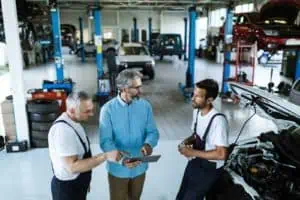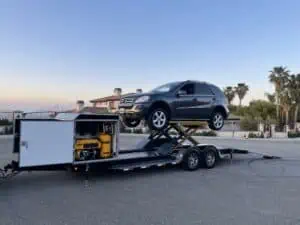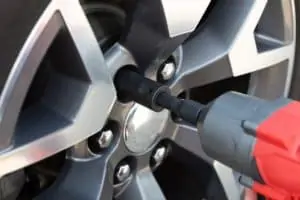Having just leased two new vehicles over the holidays, I was struck by a realization: the vehicles I just leased could quite possibly be the last Internal Combustion Engine (ICE) vehicles I ever lease/own. Just this week, I learned of several new, all electric vehicles (EV) slated for release in 2019, all with ranges sufficient to make them a practical alternative to ICE driven cars. It seems highly likely to me that the demand for EVs will only increase, driving prices down and putting more EVs on the road.
More Modeling of Aftermarket Dollars Spent
My last post discussed the anticipated downturn in service dollars spent due to the growing EV population. Starting with the model we developed for that exercise, we drilled down further to research two important vehicle service items and the effects that a growing number of EV Vehicles in Operation (VIO) will have on these particular services. In both cases, we compared our forecasts to a baseline scenario in which no growth of EV VIOs were factored in. The results show a diverging set of forecasts.
Tire Service Demand will Increase
Initial reports suggest that EVs require more frequent tire replacements than ICE vehicles. Two factors seem to drive these higher replacement rates: EVs are typically heavier than ICE vehicles; EVs deliver higher torque to the wheels, increasing wear rates. While the data sample is still small, we found indication that EV tires are replaced on average at 20,000 – mile intervals compared with an average of 37,000 miles for IEC vehicles. Using the VIO growth model we developed for my last post titled The Future of the Automotive Aftermarket: Electric Vehicles will Cause Downturn in Overall Dollars Spent we estimated the effect this would have on the tire service segment.

Our model estimates a significant growth in the demand for tires as EVs become more prevalent. However, more questions must be answered. Will the tendency for tire wear to increase prevail as more EVs hit the road or will OEMs and tire companies respond to increase the life of tires? The answers to these questions will help determine what the real rate of increase/decrease in tire services will be.
Brake Wear on EVs Reduces the Demand for Brake Pads
The brake parts industry will see a more drastic change due to the increase in EV VIOs. EVs use of regenerative braking typically reduces the vehicle’s speed significantly before brake pads are engaged. This reduces the amount of wear on brake pads and rotors and increases the service interval significantly. We chose two different wear rates to generate our forecast and developed two scenarios. One scenario assumes that brakes on EVs will wear at half the rate of ICE vehicles while another scenario uses a wear rate of one-tenth the rate of ICE vehicles. We found indications in our research that both rates could be realistic and were fair estimates of high and low limits to our forecast.

The results of both scenarios are significant and indicate a significant drop in the total number of brake jobs as EV VIOs increase. The significance to the aftermarket is even more pronounced considering that Brake Jobs are a major profit driver. A drop in the number of brake jobs will cause serious problems for many shops.
Tire and Brake Service Dollar Estimate
Using average service spend values for tire service ($492.73/Service) and brake jobs ($523.72/Service) and ignoring inflation, we estimated the aggregate value of the forecasts out to 2040.
Forecast Repairs and Dollars Spent for Tires and Brake Jobs
With Estimates for EV VIO Growth factored: 2017 – 2040

Conclusion
EVs will clearly change the aftermarket significantly but while overall service is expected to decline, some traditional segments, as in the case of tires, may see growth. Even our aggressive wear rate estimate for EV brake pads (resulting in a conservative estimate of demand decline) results in a CAGR of -0.40% from 2017 to 2040. This equates to almost $3 Billion in lost service revenue. With a wear rate of one-tenth that of ICE brake pads, that loss exceeds $7 Billion. On the other hand, the tire demand may see an overall increase exceeding $10 Billion. It is important to note that our model assumes a relatively modest rate of EV VIO growth and no flux in technology. There are a variety of scenarios (regulatory incentives, increased competition, technological innovation) which may further increase the acceptance rate of EVs and increase the trend line rate of change. That being said, the aftermarket needs to prepare for dramatic change.






